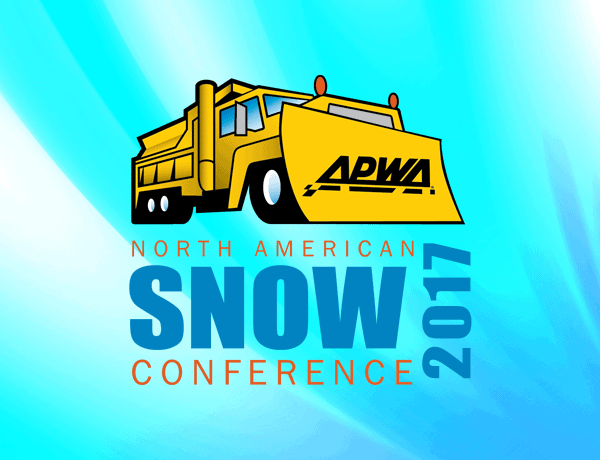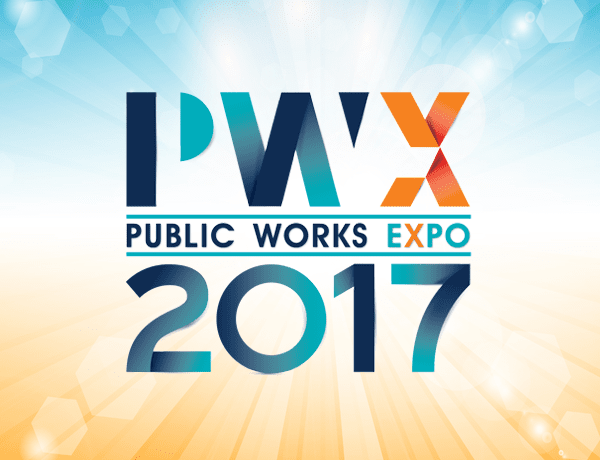Video
The GIS-IT team at Wyoming DOT worked in conjunction with NeoTreks and CompassCom to design, develop and deploy an Android tablet application for use with the 600+ plows operating within…
Read MoreWomen who are at different stages in their public works careers will talk about the factors influencing their decision to work in this field; the importance of having mentors; job challenges they've faced, and how they overcame them; and strategies to balance home and work life.Learning Objectives:Recognize and implement actions that will lead to a successful career in public works.Network with women who have achieved professional and personal success.Negotiate one's career path by avoiding the pitfalls and missteps that can affect public works professionals.
Read MoreThe City of Council Bluffs, Iowa had faced poor management, poor morale, antiquated equipment and an unsatisfactory work environment. In response, they developed a program to overcome these deficiencies through…
Read MoreNow We Are Here: How Arapahoe County’s Public Works Improved Its Organization One Employee at a Time
Arapahoe County recognized that the true value and strength of the public works department was its employees and their commitment to the community. To support employees, they embarked on a multi-prong approach to further empower employees, improve employee engagement, brand the public works image, embrace new technologies, and advance leadership and employee growth through training.Learning Objectives: Demonstrate various methods for creating strong employee engagement and performance.Discuss the types of soft skill development needed by management and supervisors to better interact with and motivate employees.Explore how challenges can, in the end, make their organizations excel and incorporate changes.
Read MoreFEMA's Hazard Mitigation Assistance (HMA) program is focused on funding projects that support risk reduction due to natural and man-made disasters. HMA has been expanded to meet the goals of long-term climate resilience, and funding now supports cost-effective project grants that incorporate flood risk reduction and drought mitigation. This presentation will summarize the FEMA Hazard Mitigation Grant program, review the Climate Resilient Mitigation Actions (CRMA) now eligible for funding, list the benefit-cost analysis for CRMA projects, and provide tips for preparing a grant application.Learning Objectives: Prepare hazard mitigation grant applications that focus on resiliency.Incorporate climate resilience into hazard mitigation planning.Obtain information about FEMA's grant programs.
Read MoreSpeaker: Bob Allen, Founder and Chief Storytelling Officer, IDEAS; former Disney ImagineerIn Tuesday morning's General Session, Bob Allen explained the components of a powerful story and the mechanisms of good storytelling. Now, let's practice with some of your public works stories! Public works needs to know how to better tell its story – whether it is to gain community support for capital improvement projects, communicate with residents during times of emergency, report on successes and future needs to the city council, or advocate for increased investment in infrastructure and public works services.People respond to good storytelling. This workshop is your opportunity to practice creating the kind of story that you want told about public works.
Read MorePut this session on your schedule! Join us for a completely interactive, compelling, and relevant exploration of the challenges and solutions public works directors encounter every day. Who will pick the topics to be discussed? YOU! Who will be the speakers? YOU! Be inspired to share your story and learn from the mastery achieved by some of North America's best and brightest public works leaders. You are going to be so enthused about what you are learning-you'll be tweeting out your insights to your colleagues who can't join us!Learning Objectives:Advocate for the public works profession and public infrastructure and services.Collaborate with fellow public works directors from across North America in pursuit of solutions to public works challenges.Realize the huge impact your leadership and creativity can have on your departments and communities.
Read MoreDon’t miss this exploration of best management practices in the right-of-way. You will discover several approaches for utility coordination including mapping and using software to keep track right-of-way project status and to facilitate communication. Each speaker in this session will use the Pecha Kucha format (20 slides shown for 20 seconds each) to provide concise and ready-to-use information.Learning Objectives: Examine how mapping could help your city save moneyEvaluate the effectiveness of software to track what is happening in your right-of-wayIdentify best practices that will improve your management of the right-of-way
Read MoreThis webinar will provide an overview of the national guidance on road diets and their potential benefits. Speakers will present information and/or case studies about determining the feasibility of road diets, planning or considering the implementation of road diets in a community, and evaluating the performance of road diets.
Read MoreOver the past three years, the Florida Department of Transportation (FDOT) has been building a platform to collect, review, approve, and distribute construction contract documents. Examine why they moved to a paperless environment and the various components they chose for the platform, which included document management, mobile devices, digital signatures, and electronic ""as-built"" plants. They'll also discuss the costs associated with these choices and the challenges associated with this cultural business shift.Learning Objectives: List the components of FDOT's e-construction platform.Review the initial and annual costs for e-construction.Prepare for the implementation of an e-construction system.
Read More
